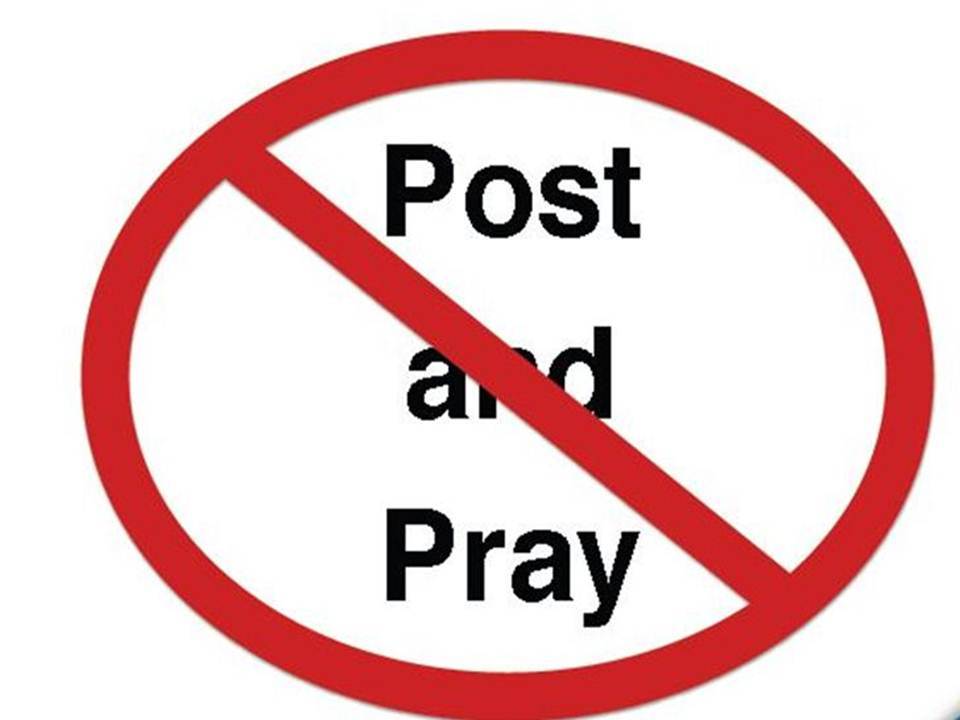
I have worked for over 10 years in human resources, dabbling here and there in recruitment, but mostly working in labor and employee relations, class and comp, and policy development. Since taking on my business partner role at the City of Tigard, I have become more involved in recruitment as it related to my portfolio, but still not a major component of my work.
This past year, I was promoted to Senior HR Business Partner which came with responsibility of managing the recruitment staff for the city and I have found myself needing to take a more analytical approach to recruitment. One of the things we hadn’t payed attention to is the cost/benefit analysis of job posting sites. At Tigard, HR places the ads and bills the department, but we have never shared information with hiring managers about the effectiveness of their advertising.
Here are three tips for determining where to post jobs:
- Analyze where candidates learn about your jobs. Of course, you have to have been asking this question – if you aren’t, start now! You should be able to glean good data within 6-12 months depending on your hiring volume.
- Identity where your best candidates learned about the position. A high volume of unqualified candidates is a good use of money or time. Of hired candidates, where did they find out about the job? For us, this was employee referral (free!).
- Of the sites your candidates learn about jobs, consider what are you paying to place ads there. For example, out of 1,000 candidates, we had three candidates learned about the job from the local newspaper, and of those three, one was a current employee. To add salt to that wound, this was one of the most expensive places for us to advertise. Let’s just say we are no longer advertising there.
Our candidates shared they typically learn about our job postings on the City’s website, employee referrals, governmentjobs.com, and indeed.com. Each of these platform are available at no additional cost.
Our website job listing is provided by Neogov, which also powers governmentjobs.com. Indeed scrapes job postings from governmentjobs.com and posts them automatically (not even staff time is required!). Employee referrals are sourced from an email we send about new jobs, staff knowledge of upcoming openings, and our communications team encouraging staff to share our social media posts, especially jobs.
Other organizations, including ELGL and Partners in Diversity, provide an excellent platforms for expanding the reach of your recruitments. Handshake is another resource and is where colleges direct students and alumni to look for jobs.
Lastly, you should post jobs with the professional organization that relates to the work of the job you are posting. I would not suggest posting every job with a professional organization, especially given the varying cost. Professional organization charge a wide range from free to $425 for posting jobs. Things to consider before posting include the reach of the organization (do they email their members or simply post to their website?) and the likelihood your ideal candidate is a member of the organization.
I have learned over the past several months that while HR may be looking to hiring managers for help with determining effective advertising outlets for a given field, those hiring mangers are also looking to HR to be the expert in this area. In the past, we have asked hiring managers where they would like to advertise and provided a free-form text box for this answer on our recruitment request. This practice revealed that some hiring managers have not looked for jobs in a long time, they can be out of touch in current job search norms, and have no idea what advertising costs. This prompted an update to our requisition to include a list of common, effective job posting outlets and their associated costs. We also provide space for additional ideas hiring managers may want to provide. The intent is to help reduce the cost of advertising through education and to focus on the most productive outlets.
Being a good business partner for your HR customers includes knowing not only where your clients should or should not be posting jobs, but also being prepared with the hard data they need to make those types of decisions.
